Breathlessness Management
Managing breathlessness involves a combination of breathing retraining, exercise, and improving thoracic mobility and flexibility. Individuals will benefit from various combinations of these approaches, tailored to their abilities, to enhance breathing control, increase lung capacity, and reduce symptoms. Together, these techniques help improve overall respiratory function and quality of life.
Breathing pattern retraining aims to correct inefficient or dysfunctional breathing habits, improving control and efficiency. By promoting a more relaxed breathing pattern, it helps reduce symptoms like breathlessness, dizziness, and fatigue. This technique benefits individuals with conditions like asthma, COPD, anxiety-related breathing issues, and post-COVID breathlessness.
Breathing Pattern Retraining
Pulmonary Rehabilitation
Pulmonary rehabilitation is a vital program for individuals with lung conditions, improving breathing, energy levels, and overall quality of life. Through exercises, breathing techniques, and education, it strengthens the lungs and muscles, making everyday activities easier while reducing breathlessness. It helps manage symptoms, regain confidence, and take control of respiratory health.
Thoracic Mobility
Maintaining thoracic mobility is key for optimal chest expansion and lung function, especially in respiratory conditions. A flexible ribcage enables deeper breaths and improved oxygen intake. Gentle stretches and mobility exercises help reduce stiffness, ease breathing, and support overall respiratory health.


